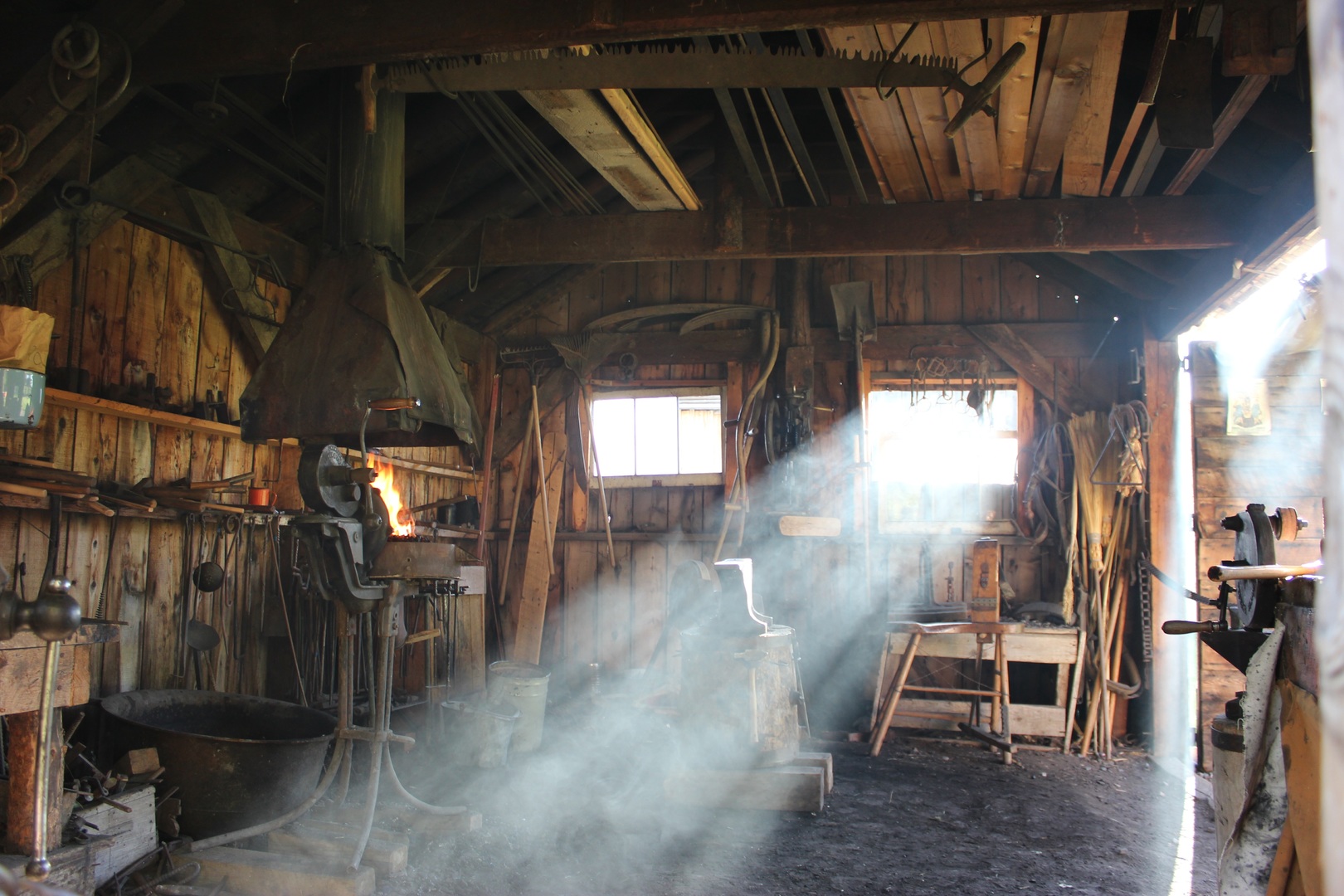
The Story of a Factory Light
I was taught this meaningful story by an old retired foreman, and it has been etched in my memory ever since. He was this kind of stranger whose name you will forget but whose story will live on in your memory.
He began by telling me how he worked his entire life at the same garment factory. It was the typical family-owned middle size company, thus very paternalistic. During the 1970s, their growth and the modernization pushed them to switch from their current management by intuition to a more “contemporary” system. A synonym of “Business School” management, I guess.
At first, it worked very well for them. However, a few years later, they noticed that the productivity of their workers decreased, month after month. They tried everything they could to fix that. From higher pressure to better rewards. But nothing really worked.
So they did what any good businessperson would do in the 1970s. They hired an expert!
His business card title was the kind of title that looks daunting, although – or because – you don’t understand it.
Anyway, they met him. They told him all about their productivity issues and everything they had tried thus far. He listened, looked unimpressed, and answered that he would stay in the factory for the following two weeks in order to “observe” the environment. It goes without saying that his answer was shorter than anything they’d expected! This answer both relieved and worried them at the same time. The relief came from his exorbitant daily cost. The worry came from their own self-esteem.
So, the expert came to the factory. He observed. He took notes. He went through the internal reports. He even talked to some people. He looked involved. Once the two weeks had passed, he invited them to the long-awaited meeting. They were in a hurry to hear his assessment.
Since he was an expert, or maybe because he needed to justify the number of zeros on the invoice he was about to send them, he put a big pile of papers on the table. A lot of sheets filled with analyses and suggestions. The title was something even better than any report they had never seen so far: Audit Report. Suffice it to say that it was the cream of the crop of reports during the 1970s.
Once the audit report title effect passed, he started by saying:
— This report is my job. But let me tell what will – really – recover your productivity.
They were surprised but all ears. He then added:
— Increase the light by 10 percent.
They looked at each other, trying to understand if this was some sort of inside joke. But it was not. That was disappointing, to say the least. They swore to themselves that they would never hire an expert again.
But… they were so desperate that they still followed this unlikely advice and indeed increased the factory light by precisely 10 percent.
And indeed, not only did the productivity recovered, but it went even above their previous average.
They were stunned.
Years passed, and the same productivity issues started popping up once again. They called in the same expert, and the same two-week story repeated itself, including the audit report. Even the same advice followed:
— Increase the light by 10 percent.
They increased the light, and it worked well again.
So, as you can guess, when years later, again, the productivity decreased, they didn’t call the expert. They decided to save their money and increased the light by another 10 percent. At that point, their factory surely looked more like an operating theater than a garment factory.
It didn’t work. Why? They were stunned again.
They called him. He was not surprised. After all, he was an expert, and an expert is not supposed to be surprised. An expert expects but never wonders. He told them to decrease the light by 10 percent instead.
They did it, and it worked…
They called him again to try understanding what kind of witchcraft he was using to guess that kind of thing.
His answer held in 3 words:
— Unconscious perceptible change.
In short, what was important was not the light, but a combination of the change itself and its grade. To increase their productivity, they had to find something to change that was at the same time: global enough to touch everybody, light enough to avoid triggering a conscious reaction, and significant enough to touch their subconscious, and thus their feelings.
This story taught me how both sensitive and subtle we are, as human beings.
Our behaviors change because our environment does while – surprisingly – these behaviors are more impacted by understated influences than by momentous transformations. Indeed, when an influence causes our consciousness to react, our temporary emotions often drown out our lasting feelings. We react instead of changing.
This paradox helped me understand so many things about how people and communities act and react.